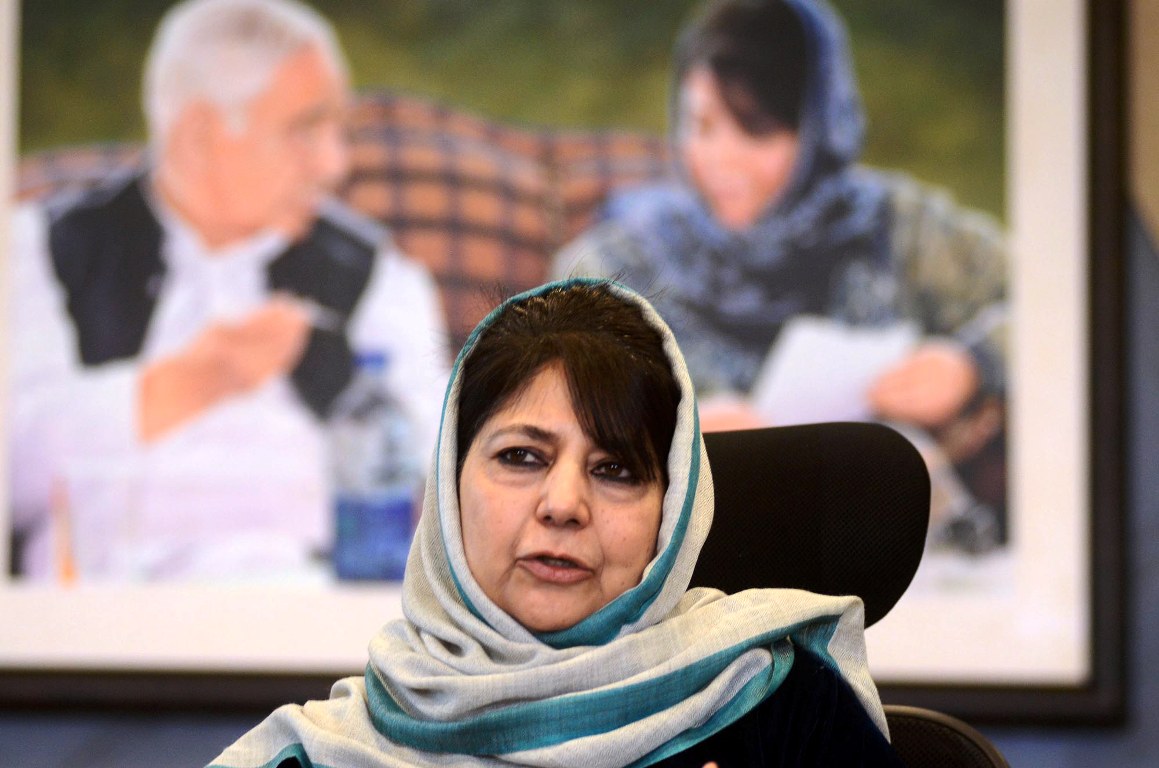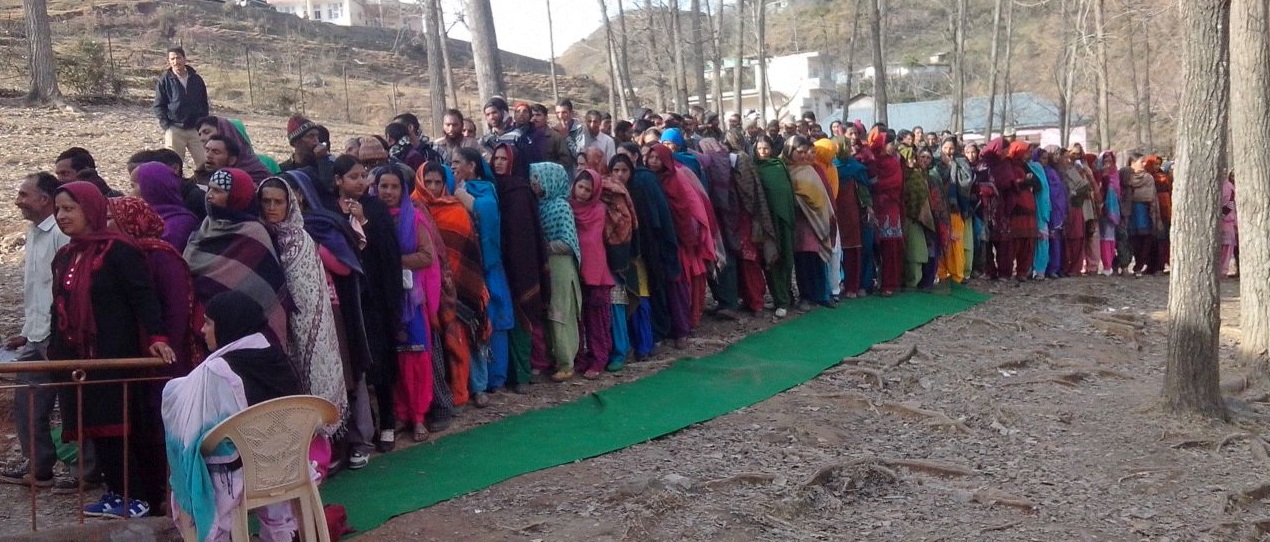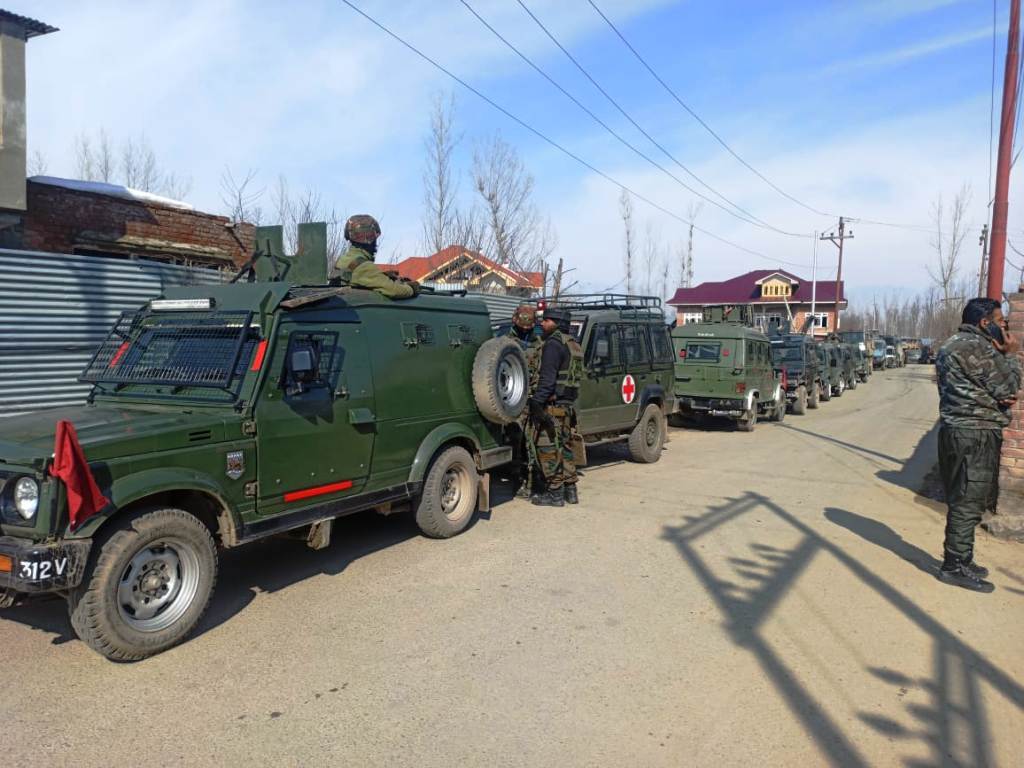SRINAGAR: Armies of India and China have mutually agreed to disengage from yet another point on the Line of Actual Control in Ladakh. The point PP17A is located near Gogra Post. This is the mutual disengagement from the second post in the last six months. The earlier one was somewhere around Pangong Tso.

KL Image: Special Arrangement
“As per the agreement, both sides have ceased forward deployments in this area in a phased, coordinated and verified manner. The disengagement process was carried out over two days,” a statement issued by the army in Delhi said. “The troops of both sides are now in their respective permanent bases.”
Both the sides, the statement informed, dismantled and mutually verified “all temporary structures and other allied infrastructure created in the area by both sides” have been dismantled and mutually verified.” Both sides have restored their pre-standoff positions. “This agreement ensures that the LAC in this area will be strictly observed and respected by both sides and that there is no unilateral change in status quo,” it added.
After disengaging in Galwan Valley in 2020, the two sides created a buffer zone of 1.7 km on each side of the LAC. Similarly, after disengagement from Finger 4 on the north bank of Pangong Tso in February 2021, both sides had gone back to their permanent bases –India west of Finger 3, and China east of Finger 8 — and the entire region was made a temporary no-patrolling zone.
“The agreement to disengage from PP17A was reached during the 12th round of Corps Commander talks held on July 31,” The Indian Express reported. “China, however, is yet to pull back its troops from PP15 at Hot Springs. The PLA is also blocking Indian soldiers from accessing patrolling limits in the Depsang Plains, and some “so-called civilians” have pitched tents on the Indian side of the LAC in Demchok.”
Concluded a one-hour bilateral meeting with State Councilor and FM Wang Yi of China on the sidelines of Dushanbe SCO Foreign Ministers Meeting.
Discussions focused on the outstanding issues along the LAC in the Western Sector. pic.twitter.com/YWJWatUErI
— Dr. S. Jaishankar (@DrSJaishankar) July 14, 2021
The newspaper said the two sides discussed the PP15 (Hot Springs) standoff during the talks between the Corps Commanders, but a consensus could not be reached, “as China did not agree to disengage from there”. The Indian side was led by Lt Gen PGK Menon, Commander of the XIV Corps and the Chinese were led by Major Gen Liu Lin, the South Xinjiang Military District commander.
“In Eastern Ladakh, India and China have two mutually agreed disputed areas, Trig Heights and Demchok, and 10 areas of differing perception,” The Hindu reported. “Officials said that since the stand-off last year, additional five friction points have emerged. These are Km 120 in Galwan area, Patrolling Point (PP) 15 and PP17 and Rechin La and Rezang La on the south bank of the Pangong Tso, the second official said.”
“It is a step in the right direction because these are points of potential conflict that are sought to be cooled down,” Jayadeva Ranade, head of the Center for China Analysis and Strategy in New Delhi had told Voice of America. “But it is very limited progress. They have to start addressing the bigger issues in other areas that would lead to thinning out of forces massed along the Himalayan border.”
The pullback in the Gogra area took place three weeks after the Indian and Chinese foreign ministers met in mid-July in Tajikistan on the sidelines of a regional meeting. After the meeting, foreign minister Subrahmanyam Jaishankar had said that any unilateral change in the status quo along their border was “not acceptable” to India and that overall ties can only develop after “full restoration of peace and tranquillity” in eastern Ladakh.
His counterpart, Chinese foreign minister Wang Yi, said that “China-India relations still stay at a low level, which is not in the interest of either side” and called on the two sides to find a solution to the border issue through dialogue and consultation.















